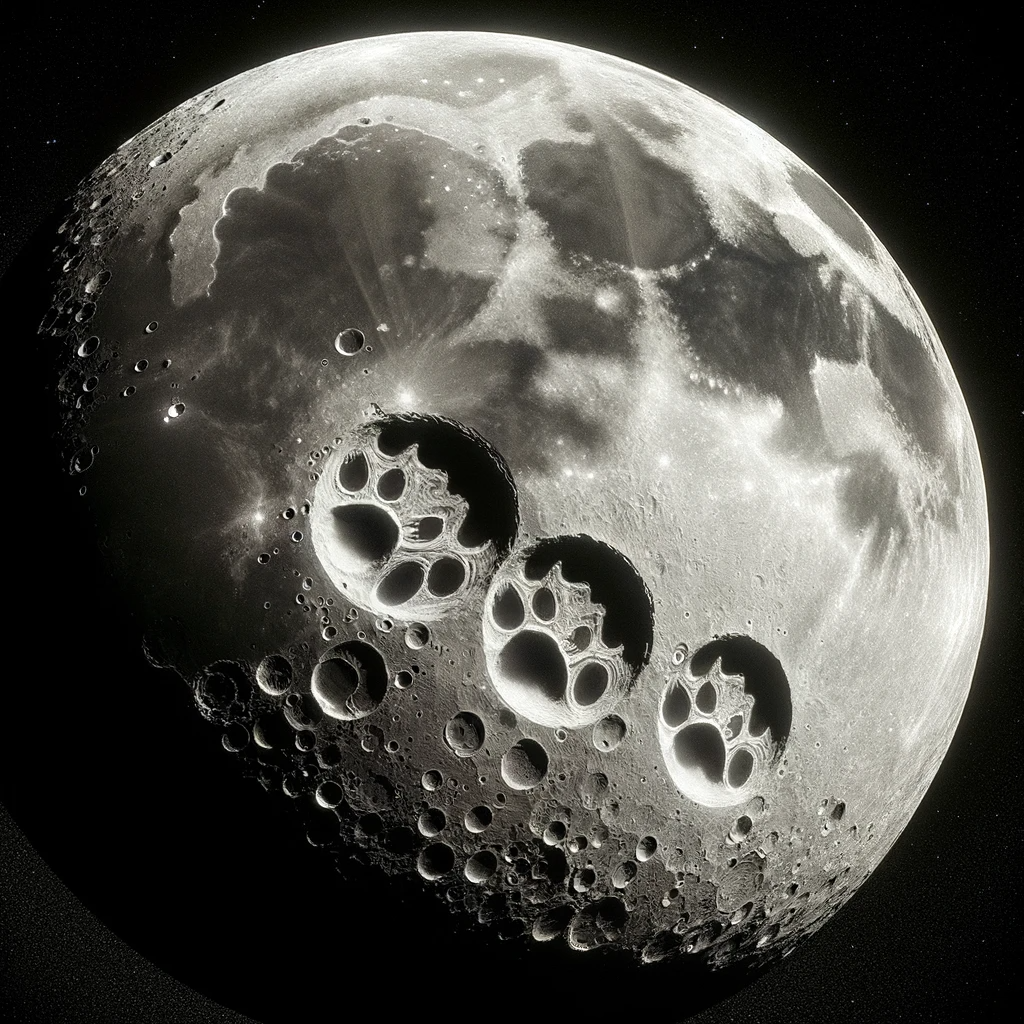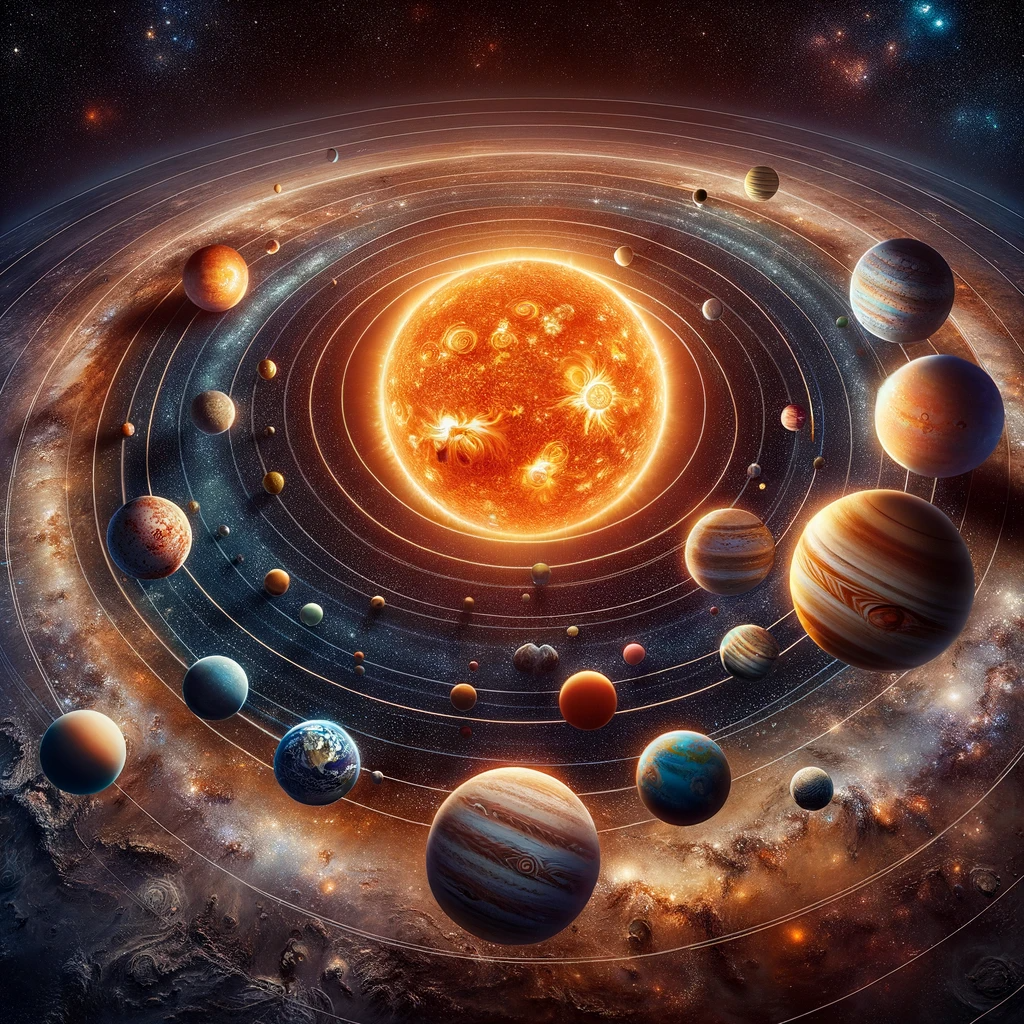The Moonicow Mystery: Unveiling Lunar Secrets Through Lens

Imagine a world where the moon isn’t just a desolate, barren landscape, but a pasture for interstellar cows! 🐄🌕 Thanks to the latest astronomical breakthrough, we might not be too far off. Enter the scene: the all-new HyperGalactic Telescope, a marvel of modern science, capable of capturing details on extraterrestrial surfaces like never before.
The Discovery
In an event that has left scientists both baffled and bemused, this state-of-the-art telescope has snapped what appears to be… cow footprints on the lunar surface! Yes, you heard that right. Amidst the moon’s craters and lunar dust, there lie the unmistakable marks of bovine hooves. Picture the scene: esteemed astronomers gaping at their screens, wondering if they’ve accidentally switched to a dairy farm’s CCTV footage. 🤣

Implications of the Discovery
This absurd revelation has sent the scientific community into a frenzy of wild hypotheses. Could the moon have once harbored life, specifically a species of space-faring cows? Have we overlooked “The Great Moo Theory” in our astrophysics textbooks? Experts are divided: some are moo-ved by this discovery, while others think it’s udder nonsense. 🐮
Interview with the Telescope Team
In an exclusive interview, the team behind the telescope couldn’t hide their amusement. “We were aiming for groundbreaking discoveries, but this is un-bull-ievable,” quipped the project lead, barely containing their laughter. Another scientist added, “It’s one small step for a cow, one giant leap for bovinity.”
Then, we spoke to Dr. Faux Bovinarius, a self-proclaimed ‘lunar livestock expert’. With a twinkle in his eye, he proposed the “Lunar Ruminant Hypothesis”: “Considering the lower gravity on the moon, cows could have evolved with lighter, more buoyant bodies. Picture them, gracefully bouncing over the lunar surface, sustained by a diet of helium-rich moon ferns!” He added with a smirk, “Their milk would have been out of this world!”
The Moonicow Theory
Delving deeper into this ‘moonicow’ theory, Dr. Bovinarius humorously suggested that ancient lunar cows might have communicated using ‘moo waves’, a form of low-frequency sound capable of traveling through the moon’s thin atmosphere. “Perhaps the famous ‘dark side of the moon’ was actually a giant, natural barn for these celestial heifers,” he conjectured, barely suppressing a laugh.

Conclusion
While the authenticity of these lunar cow prints remains to be verified, one thing is certain: this discovery has added a dose of whimsy and wonder to our understanding of the cosmos. Whether a trick of shadows or a real moonicow mystery, it’s a reminder that sometimes, science can be utterly amusing. 🌌🐄